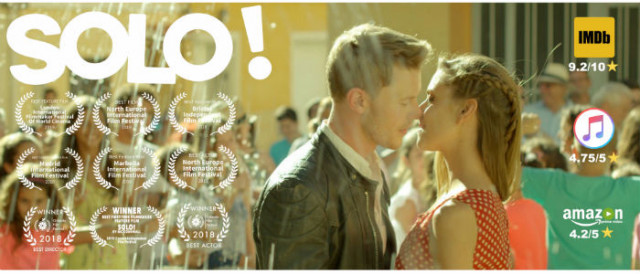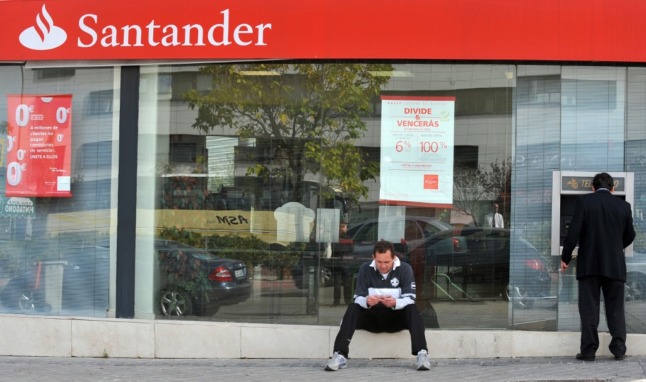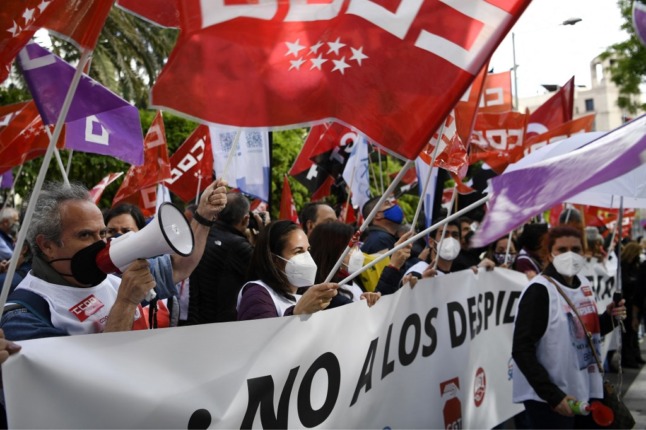This is his story:
In 2011, my wife Cass and I moved from London to a remote village in the Valencian mountains called Barx – the opposite of London! Cass and I had, in fact, met in Spain when we were seventeen, so you could say it was written in the stars.
We weren’t originally looking to start a business when we moved but, in fact, here we are eight years later and we’ve started two – both inspired by our new home.
Within a couple of years, Cass started a scented candle business called La Montaña – all fragrances inspired by places, events, experiences in our new mountain home (hence: First Light, Winter Oranges, Siesta, Alfredo’s Café, etc.) and in the meantime I continued my ‘day job’ as a screenwriter.
Mirroring Cass’s approach, it seemed pretty natural to try to write a film that used our own experience of moving to Spain as its inspiration and theme; a film about an outsider who finds a new home in a warm, welcoming, magical community.
WATCH THE TRAILER:
AG TRAILER QT 1GB from Jonathan Hall on Vimeo.
SOLO! is MAMMA MIA on a tiny scale- an upbeat, PG, romantic comedy musical. If you liked LA LA LAND and A STAR IS BORN, you’ll love SOLO!
I wanted to make a fun, feel-good film, because those are the films I like to watch. Again and again. And there aren’t enough of them being made for grown-ups. And what an added joy it was to discover that the heart of our new home – the beating, stirring, uplifting heart – is a sixty-strong brass band. Which meant I got to write a musical!
Throughout the filmmaking experience, we had such amazing support from the village, the villagers, the mayor, the band… Life-affirming stuff.
I genuinely thought that they’d be excited for the first week, tolerate us for the second, then hate us by the third! But they remained generous, engaged, and enthusiastic until the final take (the joyful last scenes of the film).
If you were to watch a film about us making our film, you’d recognize the next section as: ‘gathering the team together’.
The Heads of Department (Director Nic Cornwall, Camera, Sound, etc.) all came from the UK, as did our two lead actors (Tristam Summers and Candela Gómez), but they were complemented by local talent, including thirteen graduates of the audio-visual faculty of the University of Valencia – fantastic experience for them, and great workers (and translators!) for us.
We took over an abandoned bar to use as a production office, and set, and canteen, and engaged a wonderful local woman called Conchín to cook for us every day: all fresh, local and seasonal – and, this being Valencia, the best paella imaginable. Turns out a film crew, like an army, marches on its stomach.
As things worked out, our first day of principle photography happened to fall on the day the result of the Brexit referendum was announced in the UK.
Whatever your politics, it immediately impacted our production because our funding was in £, so when sterling dropped overnight, we took a hit of 15 percent!
We eventually had to supplement the budget with a crowdfunding campaign – and, of course, one of the ‘rewards’ we were able to offer was lovely La Montaña candles.
Finishing a film is just as hard – and ten times as long! – as making it in the first place. We shot in 2016 – sixteen days in Spain and two days in London – and the film was finally edited, colour-graded, sound-mixed, etc. two years later.
And now… The final task is to find distribution.
The first step is to submit to festivals, where we’re been lucky to win some really nice awards, including Best Feature Film at several International Film Festivals: Madrid, London, Marbella, Orlando, etc..
However, even having won these prestigious awards, a small independent film like ours still has to compete with the blockbusters and superhero movies that make the multiplexes most of their money, so we have to carve a niche for ourselves (or we could always sue Star Wars for stealing our title!).
We have sold the finished film in China, and Germany, and the UK, and to some airlines, but it’s a tough process. But luckily the world is changing, and nowadays it’s quite legitimate also to release on digital platforms like iTunes and Amazon, which is exactly what we’ve done.
To watch the whole film on iTunes (With optional Spanish subtitles) click HERE or in English without subtitles HERE






 Please whitelist us to continue reading.
Please whitelist us to continue reading.
Member comments